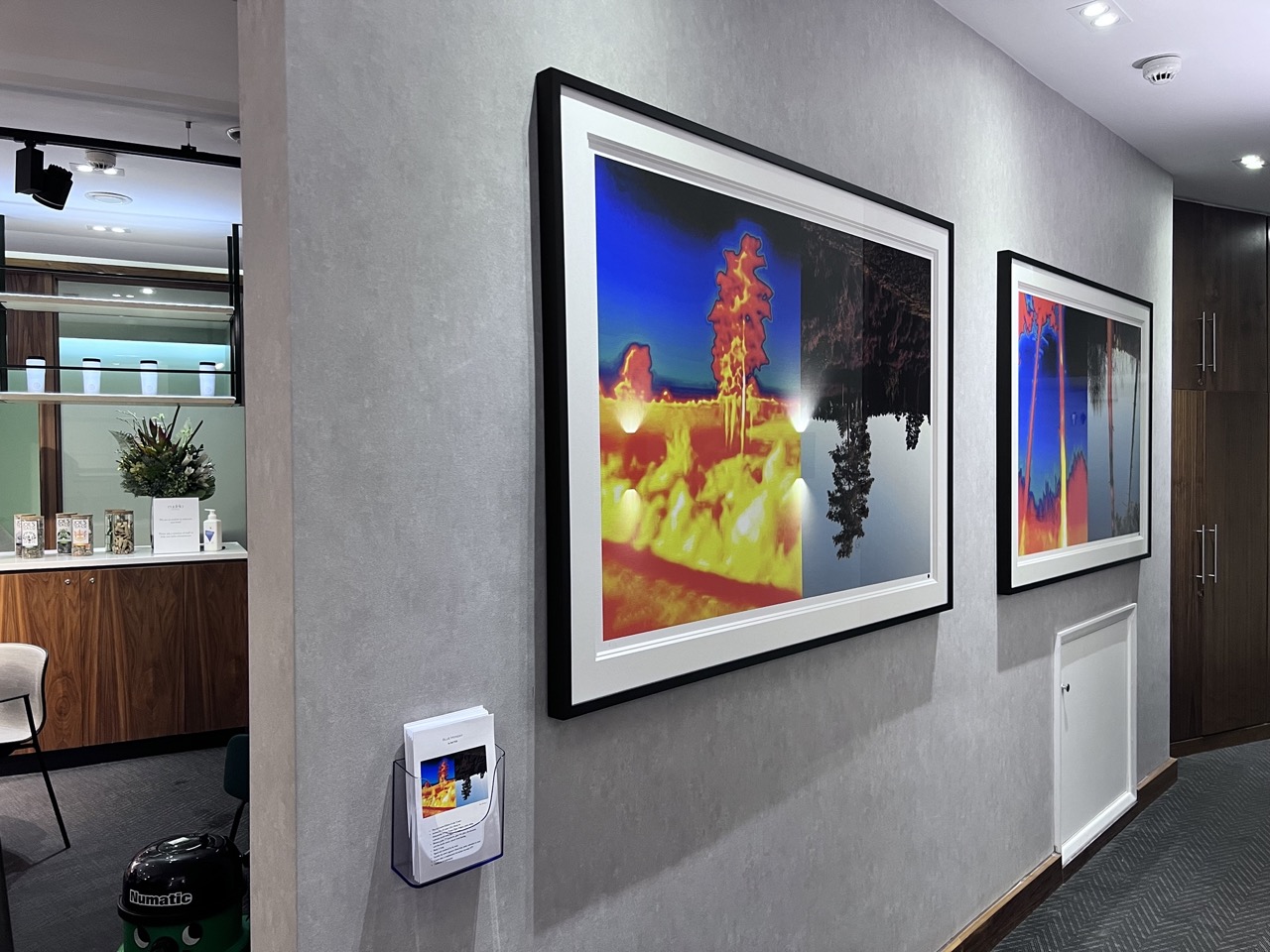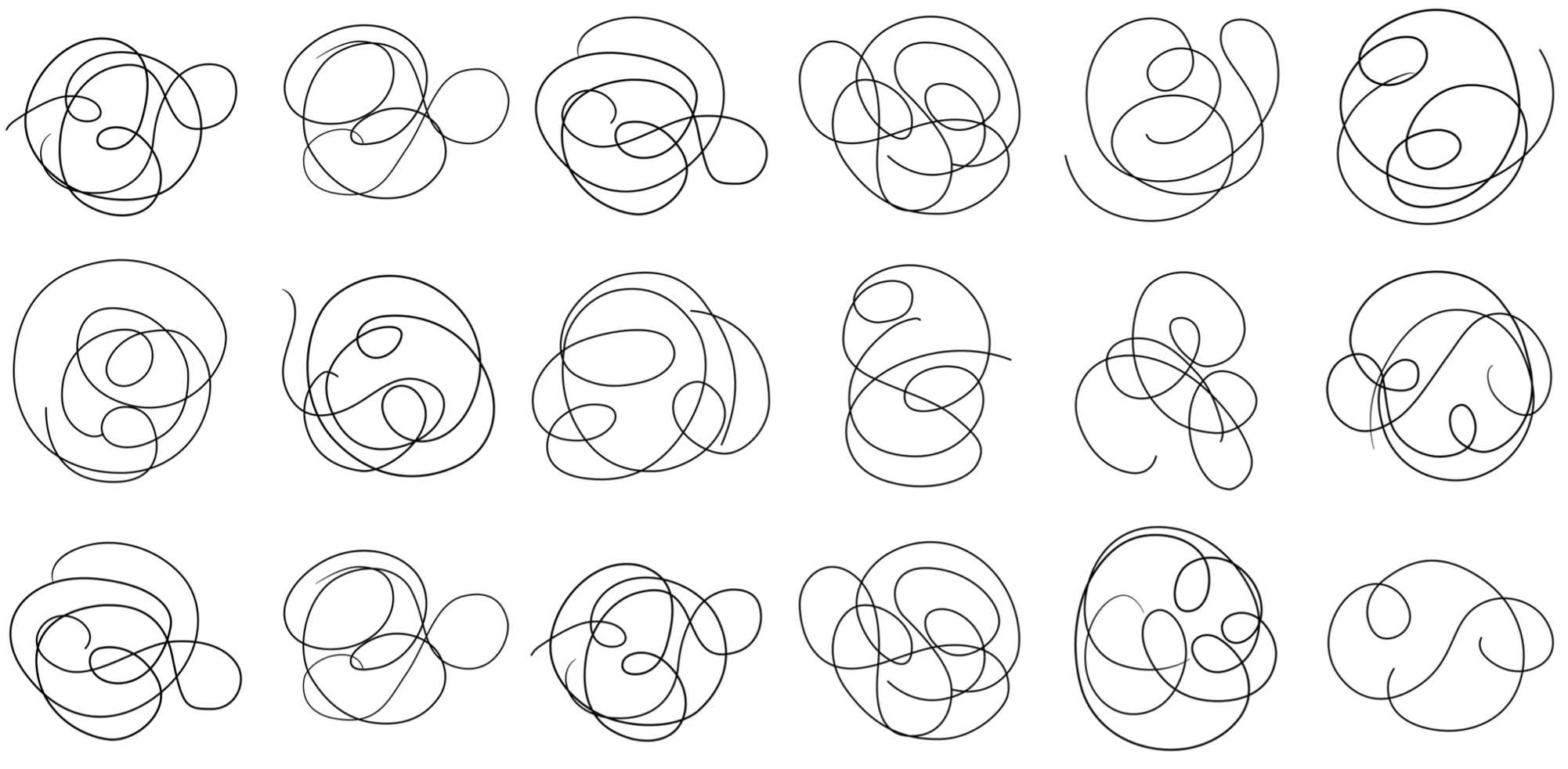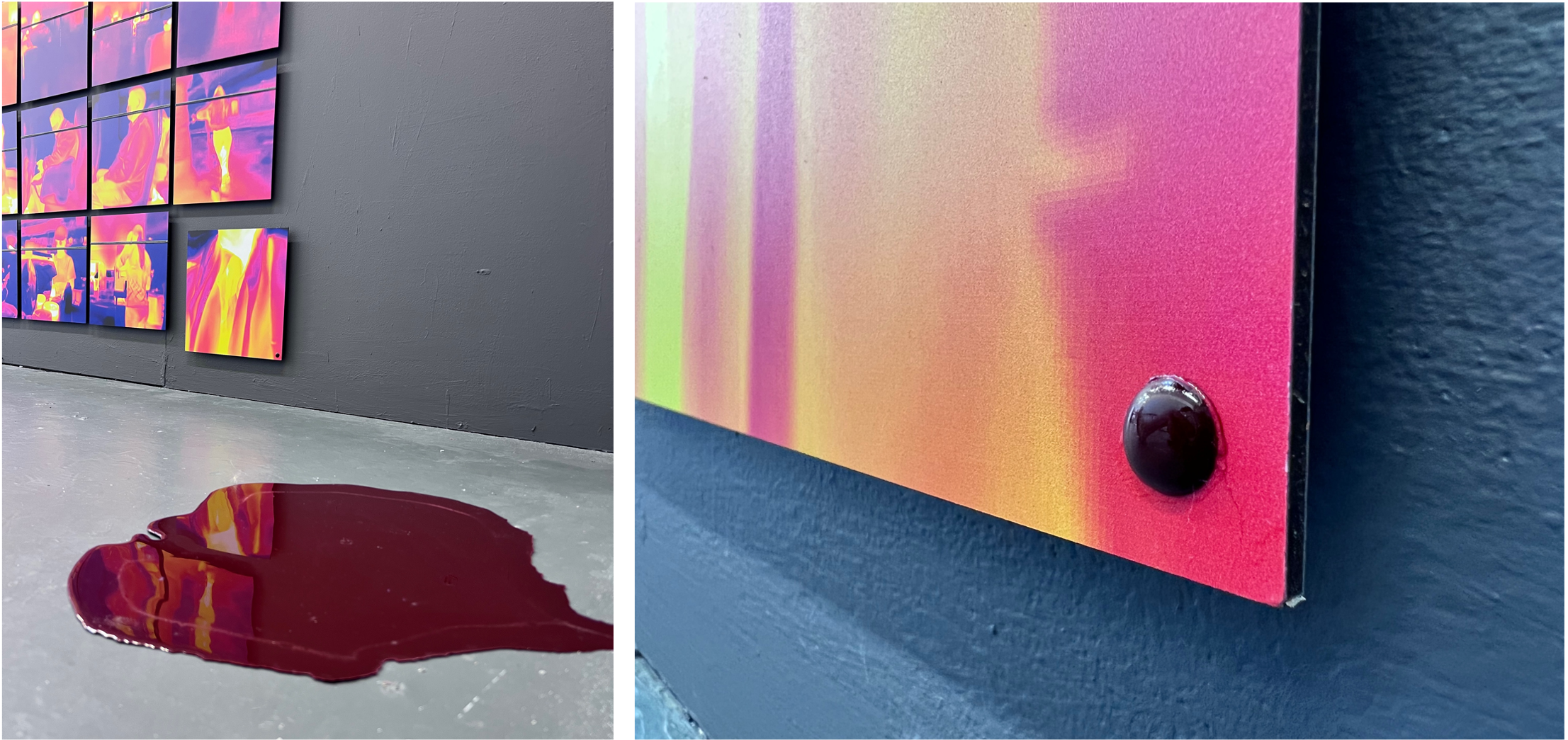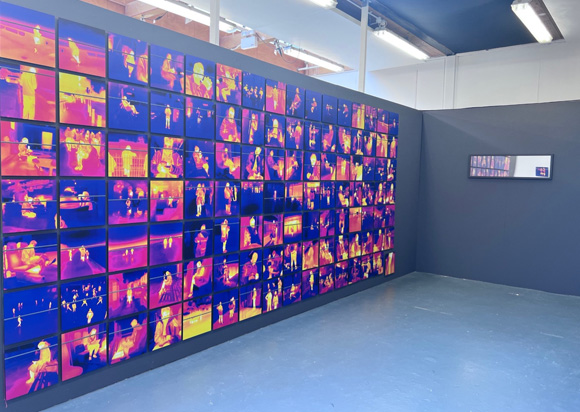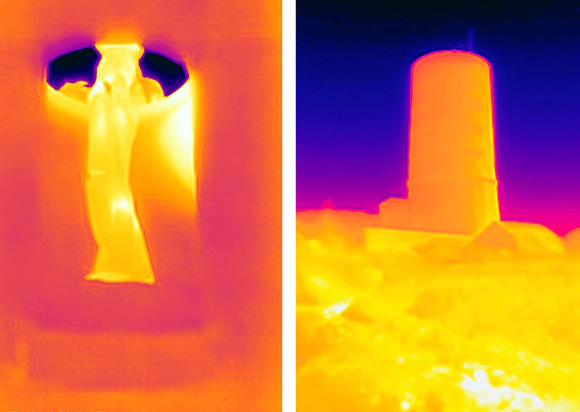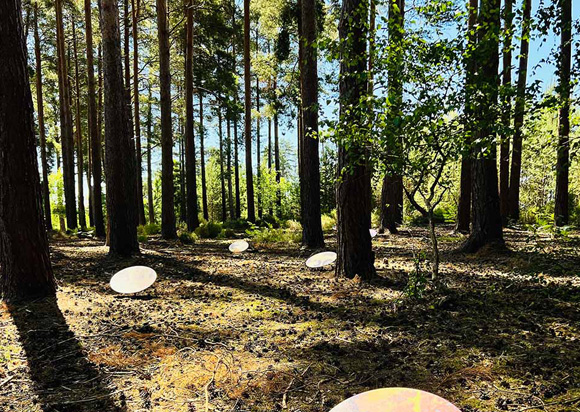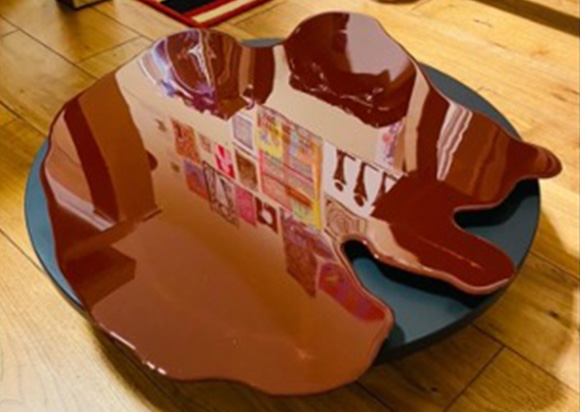
Stef Will
• 9 February 2022
Documents from the edges of conflict
In the James Hockey Gallery at UCA Farnham, there is currently an exhibition on show called ‘Documents from the edges of conflict’ that I can highly recommend. I was lucky enough to take part in a guided tour by one of the curators, Jean Wainwright. The lens-based (photography and film) group exhibition showing international artists including Santiago Sierra, Steffi Klenz (see image below), Ori Gersht, Catherine Yass, Mona Hartoum and Wolfgang Tillmans amongst others, is open until 25th February, so if you want to visit, make sure to do so soon.
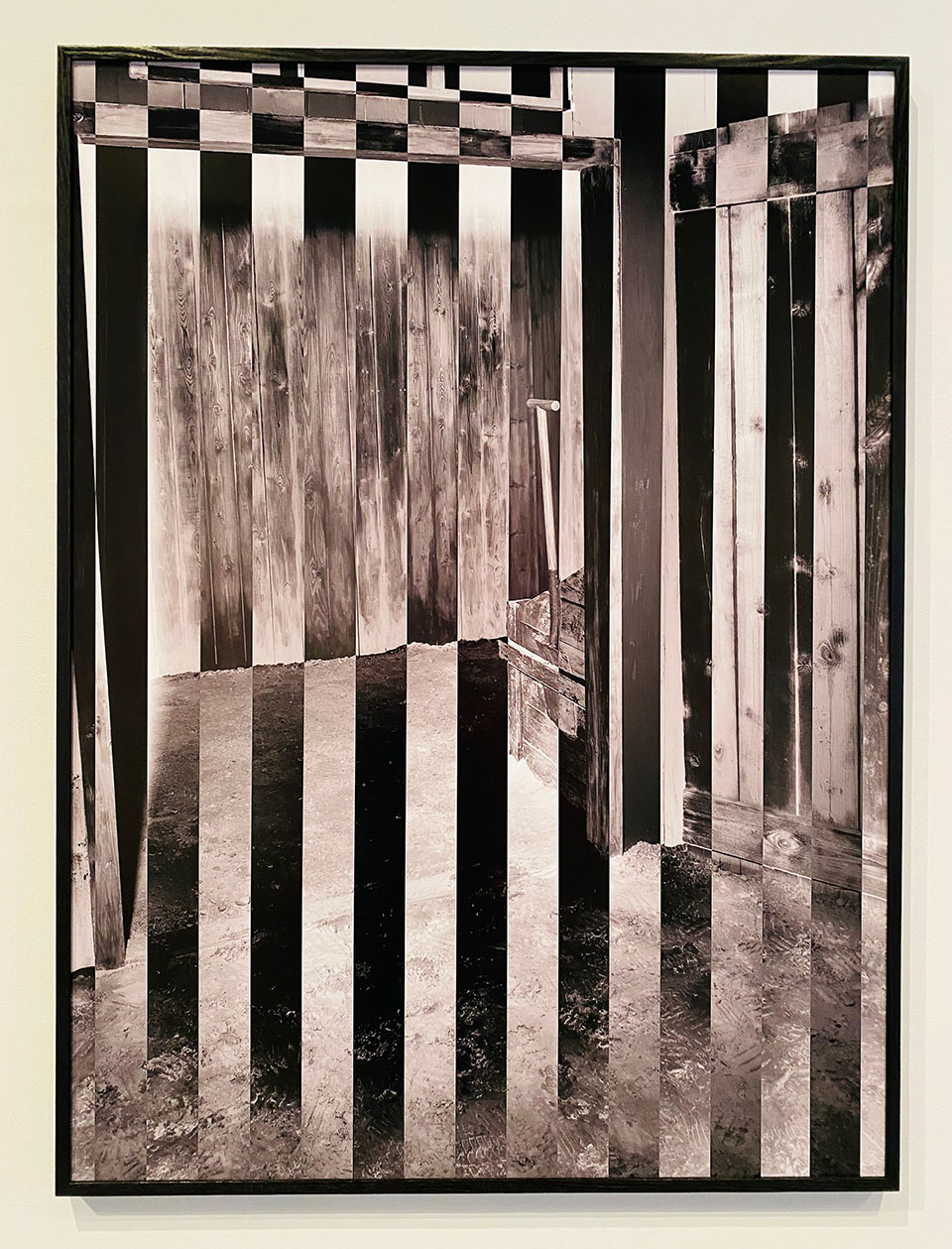 The subject matter is very relevant to parts of my own work, so I decided to order my thoughts by writing a blog post about it. The exhibited artists are engaging with issues around tension and conflict by looking at a variety of topics including disputed national borders, and the impact of political decisions on embodied experience. The works clearly celebrate that reporting on conflict will always remain subjective, and that the believe in objective representation of tension and dispute is ultimately an illusion. The counter stories present alternative accounts of events that encourage the viewer to re-think, doubt, and challenge the official narrative.
The subject matter is very relevant to parts of my own work, so I decided to order my thoughts by writing a blog post about it. The exhibited artists are engaging with issues around tension and conflict by looking at a variety of topics including disputed national borders, and the impact of political decisions on embodied experience. The works clearly celebrate that reporting on conflict will always remain subjective, and that the believe in objective representation of tension and dispute is ultimately an illusion. The counter stories present alternative accounts of events that encourage the viewer to re-think, doubt, and challenge the official narrative.
One of the works that stood out for me was Sierra’s monumental photography work ‘Black Flag’ from 2015. For this, his team planted a monochrome black flag, the anarchy icon, in the two most extreme and emblematic places on earth—the north and the south pole. The work reflects how Sierra feels about national borders, challenging notions of territories and the nation state. He explains, “entering a country is like going to jail. Borders disgust me – as an idea and as a personal experience. This work denies all of that.” Sierra describes that the flags have been raised on behalf of us, the people, as a counter claim, a symbol of defiance, resistance, and discontent. The black flags remain in situ up to this day.
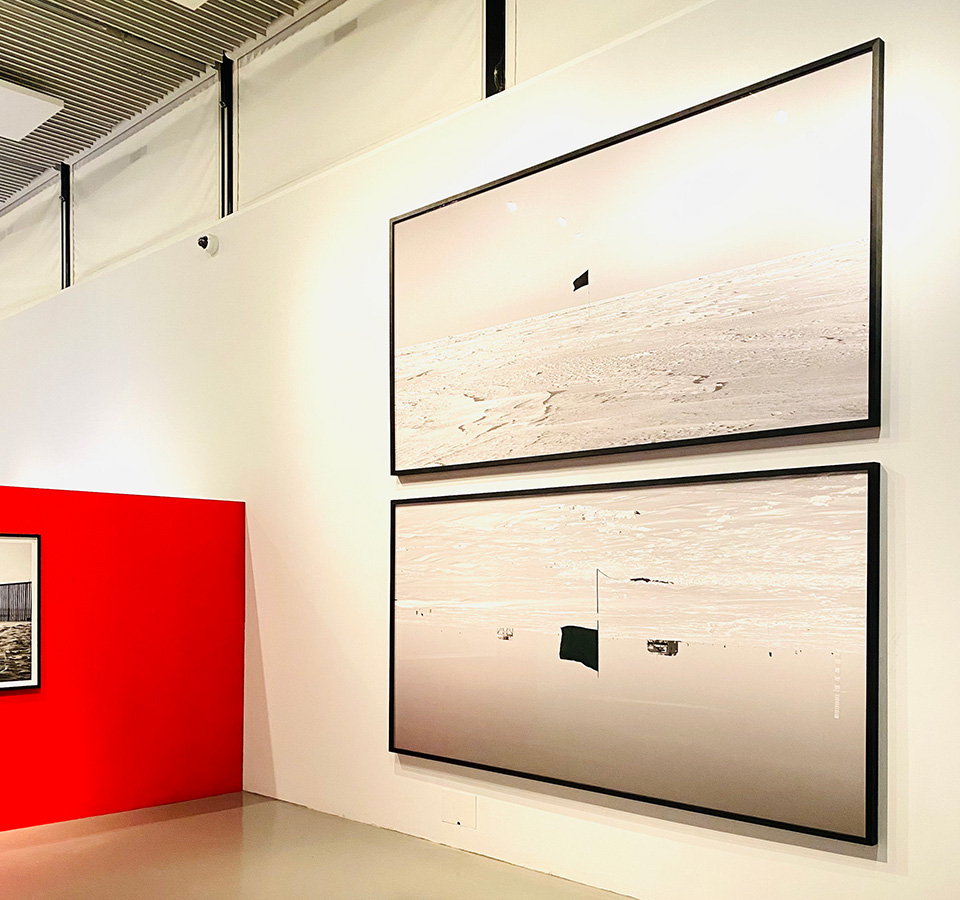 The exhibited photographs are documenting the original installation of his flags, one epic print hanging directly one above the other, with the bottom image displaying the hemisphere the work is exhibited in, yet inverted. With England being in the northern hemisphere that means that the image of the north pole has been hung, upside down, below the image of the south pole. Apart from the rich symbolism and the iconic appearance of the black flags juxtaposed to the stark, snow-covered landscapes, this piqued my interest.
The exhibited photographs are documenting the original installation of his flags, one epic print hanging directly one above the other, with the bottom image displaying the hemisphere the work is exhibited in, yet inverted. With England being in the northern hemisphere that means that the image of the north pole has been hung, upside down, below the image of the south pole. Apart from the rich symbolism and the iconic appearance of the black flags juxtaposed to the stark, snow-covered landscapes, this piqued my interest.
In fact, I viewed the work together with a friend, who happened to be originally from New Zealand, which led to an interesting discussion about the typical northern-centric representation of maps and co. I must admit I never thought about that before she pointed it out, but of course, she is right – the earth is a free-floating orb, so how come north is always shown on top? One can’t help but feel that this traditional arrangement seems to have some sort of superiority complex at its root.
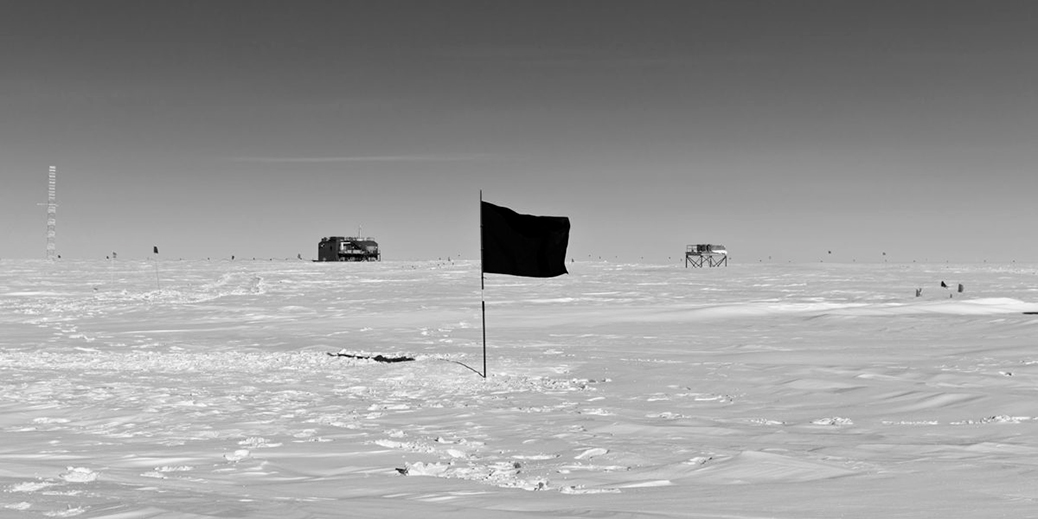
The other thing that struck me on that day was a light-hearted comment of the curator on our guided tour. When talking about Sierra’s ‘Black Flag’, she said something along the lines of, “Anarchists obviously don’t believe in rules”. As this struck me as not entirely true, I later investigated the political philosophy of anarchy to find out more. Turns out, anarchists don’t just ‘not believe in rules’. In fact, they simply don’t accept that a government has the authority to decide what rules they must follow. They essentially reject coercive forms of hierarchy and authority (and therefore believe the state to be undesirable, even potentially harmful), but do believe in rules that were established with informed consent and in a non-hierarchical manner. So, from what I’ve gathered (but of course there are infinite versions of anarchy off-spring philosophies), anarchists are fine for there to be social rules that people should follow, however, they strongly believe that there should be no rulers.
One of the reasons this interests me, is also what we have been going through in the past two years, which certainly felt like random and ever-changing rules being imposed upon us, resulting in very little or no say over our daily lives, even our bodies.

